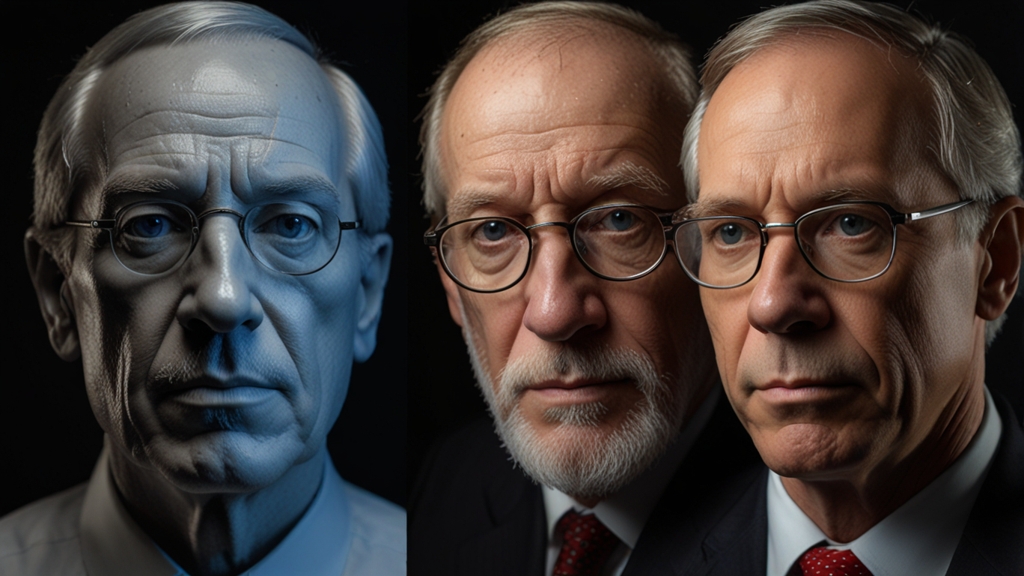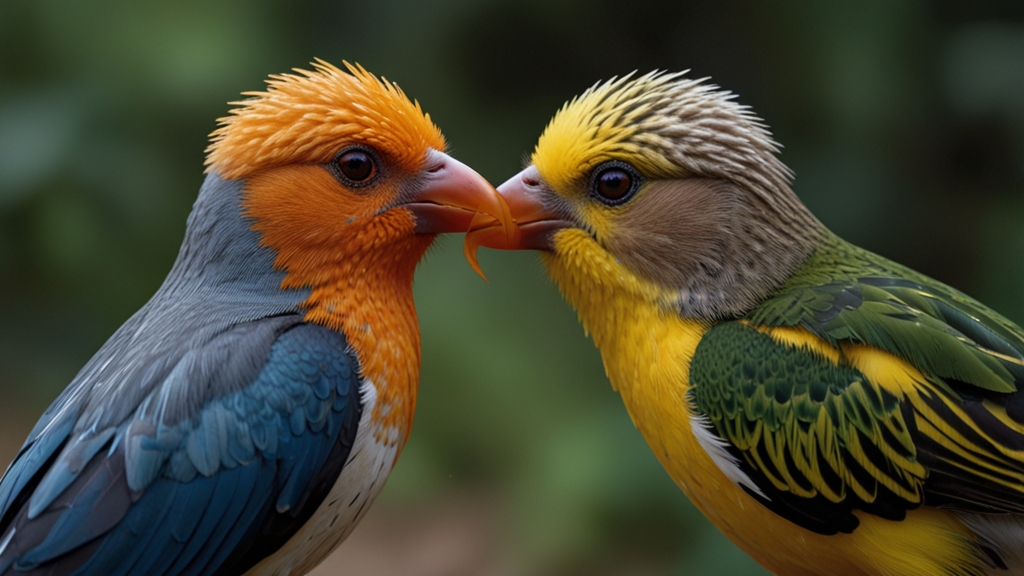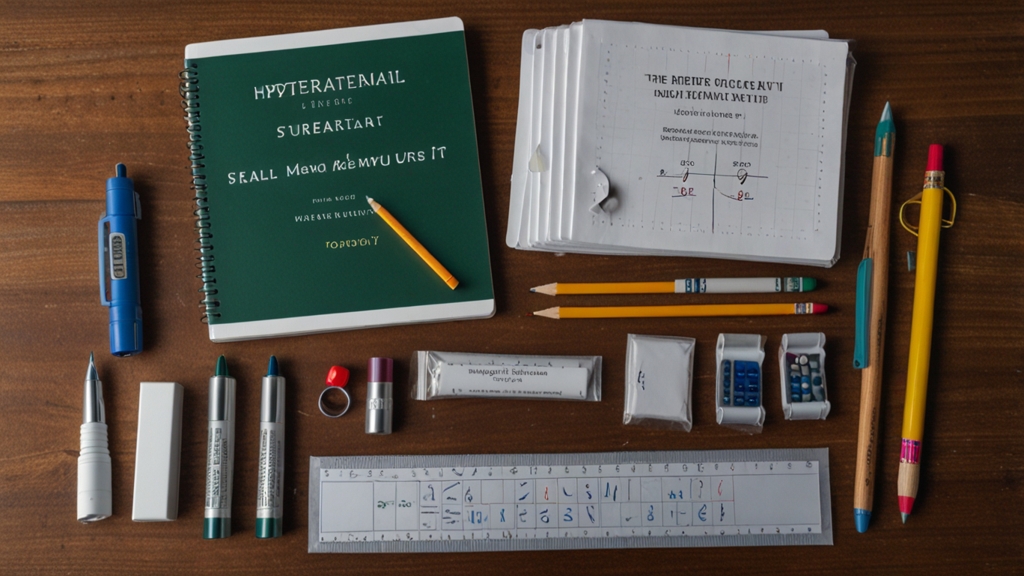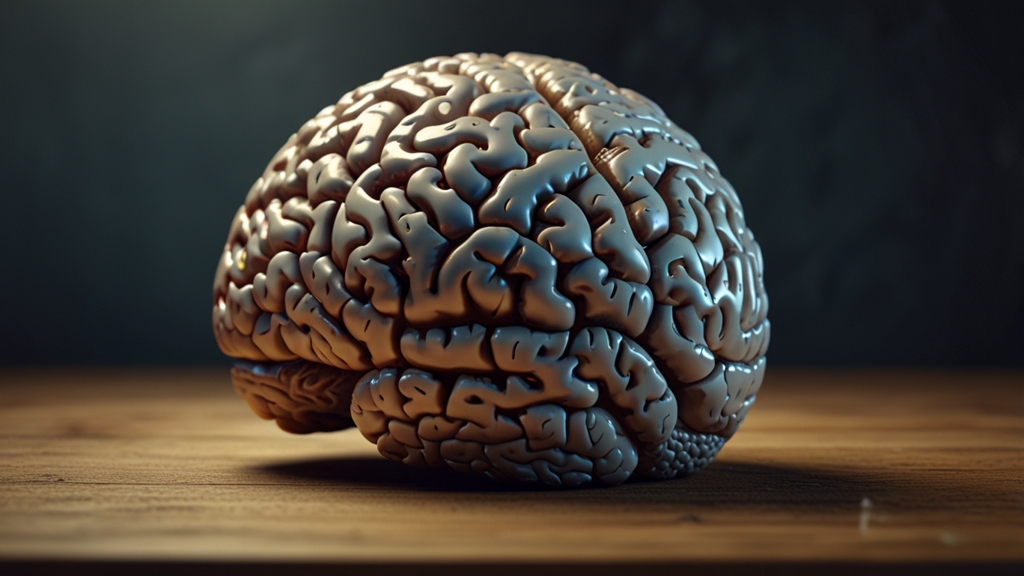A Global Journey: How Different Cultures View Creation
The question of how the world and humanity came into existence is a central theme across various cultures around the globe. Each culture possesses its own unique creation story, offering insights into its values, beliefs, and understanding of the universe. This article explores creation myths from different corners of the world, highlighting their distinct features and common themes.
Ancient Mesopotamia: The Enuma Elish
The Enuma Elish is one of the oldest known creation myths, originating from ancient Mesopotamia around 1900 BCE. It describes a cosmic battle between the primordial gods Tiamat and Marduk. According to the myth, Marduk slays Tiamat and uses her body to form the heavens and the earth. This narrative emphasizes themes of order emerging from chaos and the triumph of a younger, dynamic god over an ancient, chaotic force.
"When on high the heaven had not been named, Firm ground below had not been called by name, Naught but primordial Apsu, their begetter, (And) Mummu-Tiamat, she who bore them all…" – Enuma Elish, Tablet I
Ancient Greece: The Theogony of Hesiod
In ancient Greece, Hesiod's Theogony provides a rich tapestry of creation, involving numerous gods and goddesses. It begins with Chaos, a vacuous void, from which Gaea (Earth), Tartarus (the abyss), and Eros (Love) emerge. Gaea then births Uranus (Sky), and from their union, the Titans, and subsequently, the Olympian gods are born. This myth reflects the importance of familial relationships and succession, as well as the interplay between natural elements like Earth and Sky.
"Verily at the first Chaos came to be, but next wide-bosomed Earth, the ever-sure foundation of all the deathless ones who hold the peaks of snowy Olympus…" – Hesiod, Theogony
Indigenous Australian Dreamtime
Dreamtime is the cornerstone of Indigenous Australian belief systems, representing the time when ancestral spirits created the world. These stories vary significantly across different Indigenous Australian groups but commonly feature powerful beings who shape the landscape, create life, and establish laws and traditions. Dreamtime is understood not only as a past event but as an ongoing part of the present and future, illustrating a timeless connection between the land and its people.
"Our story is in the land... it is written in those sacred places... My children will look after those places, That's the law." – Bill Neidjie, Indigenous Australian Elder
Chinese Creation: Pangu and Nüwa
Chinese mythology offers multiple accounts of creation, with the stories of Pangu and Nüwa being among the most prominent. In the myth of Pangu, the cosmos begins as a cosmic egg that Pangu hatches from. He separates the sky from the earth, holding them apart as he grows. Upon his death, his body transforms into various elements of the world. Nüwa, on the other hand, is credited with creating humanity out of clay and mending the sky after a catastrophic rupture, symbolizing themes of creation, destruction, and restoration.
Mayan Cosmology: The Popol Vuh
The Popol Vuh is a sacred text of the K'iche' Maya, containing their creation myth. It narrates the formation of the world by the gods Tepeu and Gucumatz, who create humanity through several trials and errors, initially crafting humans out of mud and wood before finally succeeding with maize. This narrative underscores the significant role of maize in Mayan culture and presents a view of creation as a process involving experimentation and learning.
Conclusion
Creation myths from around the world provide a fascinating glimpse into how different cultures understand the origins of life and the universe. Despite their diversity, many of these stories share common themes such as the battle between order and chaos, the importance of natural elements, and the cyclical nature of creation and destruction. These myths not only reflect the beliefs of their respective cultures but also offer timeless lessons and insights into the human experience.





